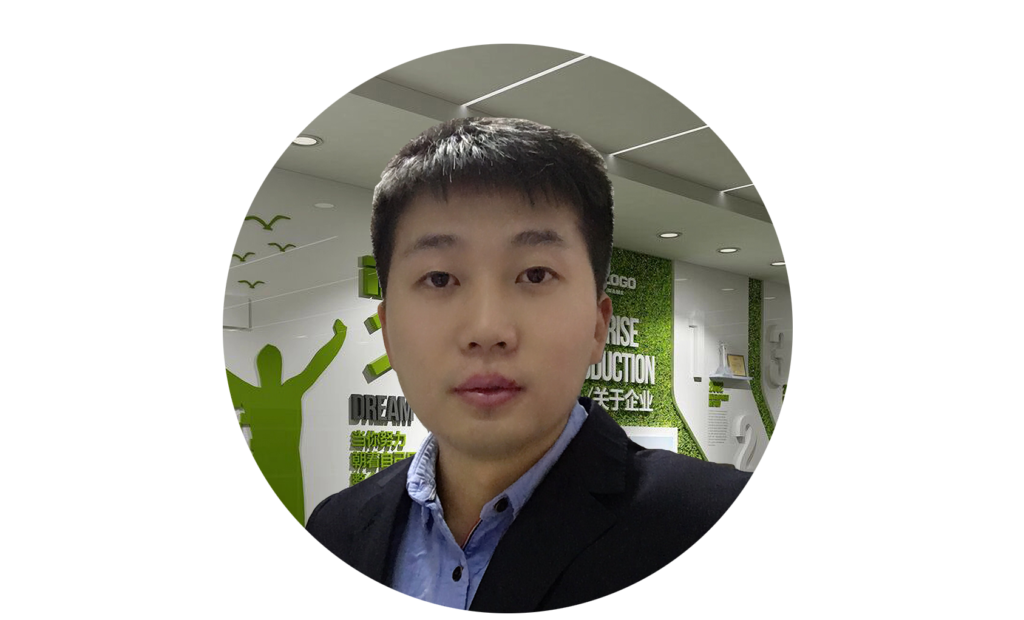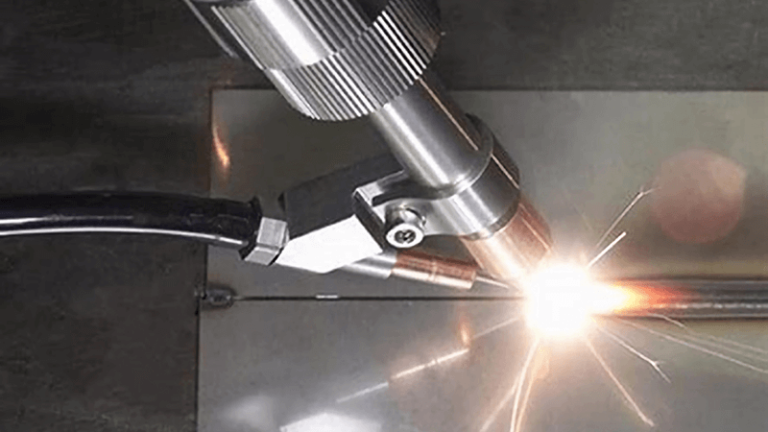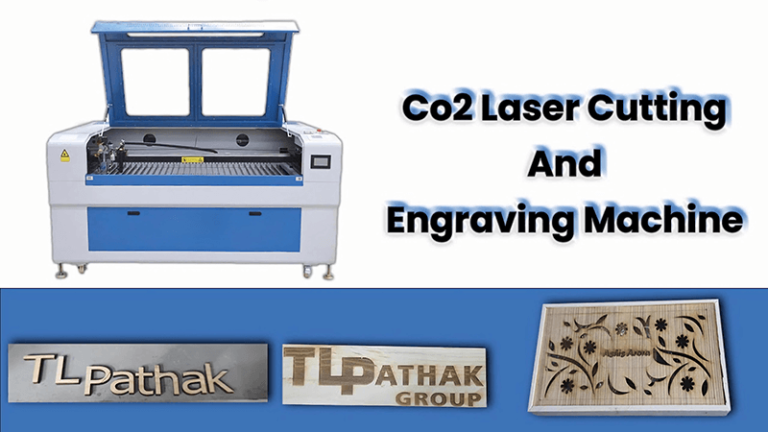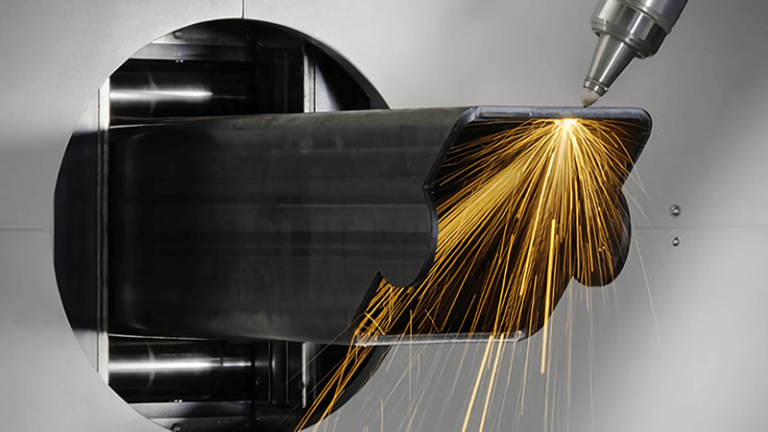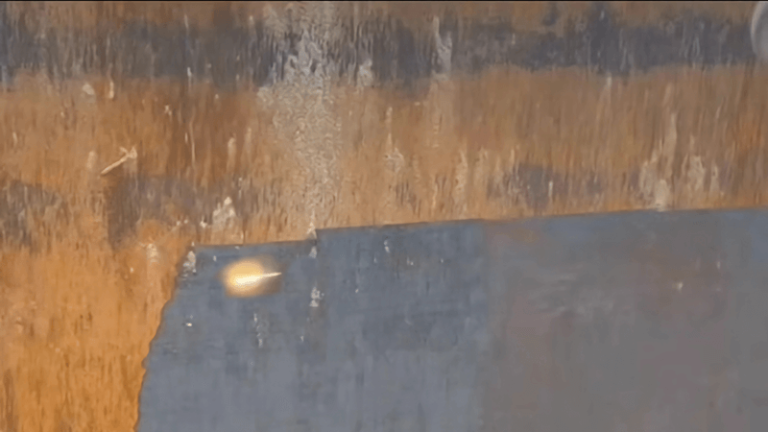Why Understanding Laser Cutting Machine Components Matters?
Ever stared at a laser cutting machine and thought, “What on earth makes this thing tick?” You’re not alone. Many people use these powerful machines but don’t know the full story behind how they work. Let’s fix that.
A laser cutting machine operates like a finely tuned system, where each component plays a vital role. If one part malfunctions, it can affect the entire process. Gaining a clear understanding of these components is not only important for selecting the right machine but also for maximizing its daily performance. Knowing the parts of a laser cutting machine is crucial for improving efficiency, achieving high-quality cuts, reducing costs, enabling customization, and ensuring safety.
This knowledge allows operators and decision-makers to make informed choices, leading to greater productivity and operational success in their industries.

What are the essential components of a laser cutting machine?
The laser source (power behind the beam)
At the heart of any laser cutting machine lies the laser source. Think of it as the engine in your car. It generates the beam that does the cutting. For heavier materials, you need more power. That’s where knowing the power rating comes in handy. For example, fiber lasers are great for metal cutting, while CO2 lasers handle wood, plastic, and fabric better.
The laser source comprises several key components that work together to generate and amplify the laser beam. The pump source, typically a diode laser, produces light that excites the gain medium, which is a rare-earth-doped optical fiber such as ytterbium or neodymium. This gain medium amplifies the light through the process of stimulated emission, leading to laser oscillation. The resonant cavity, where the amplified light reflects between mirrors, further enhances the beam’s intensity before it exits through the output coupler. The resonant cavity plays a crucial role in ensuring that only light of a specific wavelength is emitted, maintaining the stability and quality of the laser output.
Fiber laser sources are characterized by their high efficiency and power versatility. With a photoelectric conversion efficiency often exceeding 30%, fiber lasers can operate continuously without significant power loss. They offer a wide range of output power, typically from 1 kW to over 100 kW, making them suitable for a variety of applications, from precise engraving to heavy-duty cutting. Additionally, many fiber lasers have dynamic power control, allowing them to operate across their full power range (10% to 100%) while maintaining consistent beam quality, providing flexibility for processing different materials and thicknesses.
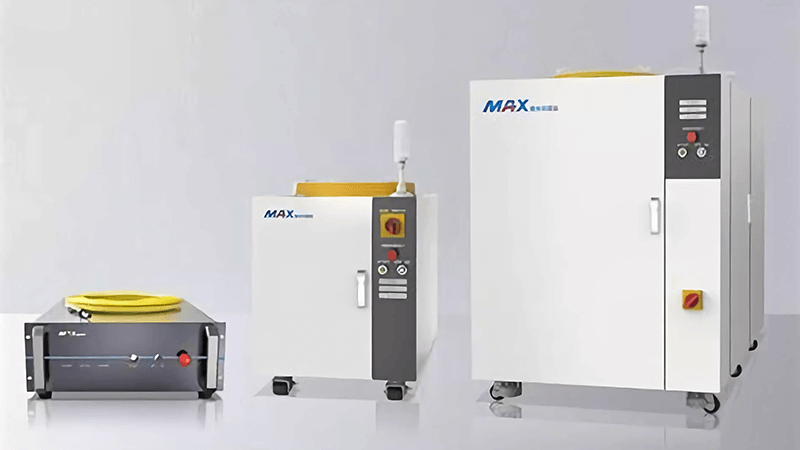
How to choose the right laser source from IPG, Raycus and Max?
| Brand | Overview | Power Range | Key Features | Applications | Considerations |
| IPG Photonics | Pioneer in fiber laser technology with high performance and excellent beam quality. | A few watts to over 100 kW | - High photoelectric conversion efficiency - Low maintenance costs - Superior beam quality | Precision cutting, welding, soldering, drilling, medical applications | Ideal for industries requiring robust performance and versatility, such as automotive and aerospace. |
| RAYCUS | Leading Chinese manufacturer known for cost-effective, high-power fiber lasers. | 100 W to over 20 kW | - Customizable output fiber lengths - High efficiency in electro-optic conversion - Resistant to environmental factors | Sheet metal cutting, industrial applications | Affordable, reliable choice for businesses, especially in industrial applications requiring high-power lasers. |
| MAX | Focuses on providing innovative laser technologies at competitive prices. | 100 W to over 20 kW | - Advanced technology (dynamic power control, improved beam profiles) - High-quality fiber lasers | Metal processing (cutting, engraving, marking) | Suitable for small to medium enterprises seeking efficient and high-quality laser solutions. |
The laser head (your machine’s guiding hand)
The laser head is where the magic happens. This is where the beam gets focused and directed onto your material. It contains lenses and mirrors that adjust the beam's focus, ensuring clean and precise cuts. Without a good laser head, your machine is like a photographer without a lens—powerful, but unable to deliver sharp results.
The laser head consists of several key components that work together to achieve precise cuts. One of the most important parts is the focusing lens, which concentrates the laser beam into a small spot size, enabling efficient material removal and high-quality cuts. The condition of the lens is directly linked to cutting precision, particularly when working with thin materials. A well-maintained focusing lens ensures optimal beam focus, leading to detailed and accurate results.
Another critical component is the protective nozzle, which surrounds the focusing lens. Its primary function is to shield the lens from debris and gases generated during the cutting process, thereby extending the lens's lifespan and preserving cutting accuracy by preventing contamination. Additionally, the height sensor plays a crucial role by monitoring the distance between the laser head and the workpiece, automatically adjusting for variations in material thickness or surface irregularities. This ensures that the focal distance remains constant, guaranteeing consistent cutting quality.
The overall operation of the laser head involves beam delivery and movement control. The laser beam, generated by the fiber laser source, travels through optical fibers and is directed through mirrors in the cutting head, where it is focused onto the workpiece by the focusing lens. The movement of the laser head is controlled by a CNC (Computer Numerical Control) system, which follows pre-programmed designs to create intricate cutting patterns and shapes, ensuring precise and detailed results.
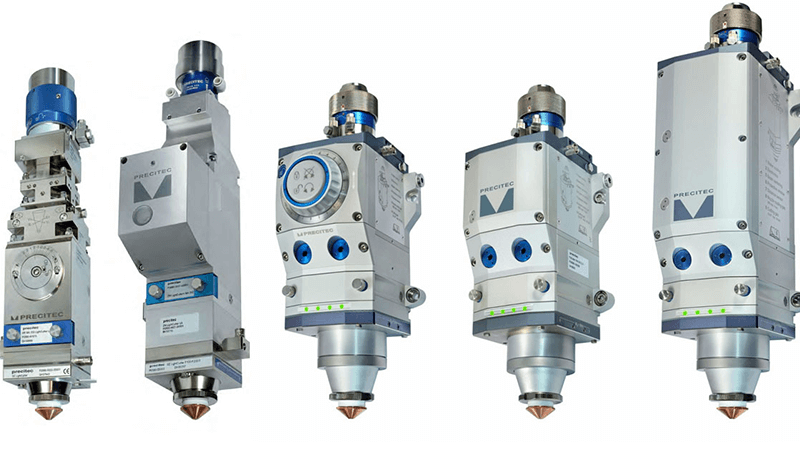
How to choose the right laser cutting head from Precitec, Raytools and Boci.
1. Precitec ProCutter 2.0
- Power Range: Up to 85 kW
- Key Features:
- High Cutting Speeds: Delivers both speed and high-quality cutting, ideal for industrial use.
- Smart Sensors: Monitors critical components and cutting parameters for consistent performance and predictive maintenance.
- Versatile Compatibility: Works with various laser sources and offers focal lengths between 150 mm to 350 mm.
- Automated Piercing (PierceTec): Ensures consistent hole quality with reduced cycle times.
- Considerations:
- Perfect for high-demand applications requiring robust, efficient performance.
- Suitable for thick material cutting with high precision.
2. Boci (Bochu) BLT Series
- Power Range: 0-20 kW
- Key Features:
- Smart Technology: Adapts to various cutting conditions for optimized efficiency.
- Versatile Interfaces: Supports multiple interfaces (QBH/QD/Q+/ADD), making it compatible with different fiber lasers.
- Real-Time Monitoring: In-head sensors monitor the cutting process, ensuring stability and efficiency.
- Easy Maintenance: Quick lens changes and protective features to prevent damage.
- Considerations:
- Ideal for professionals seeking a balance of performance and cost-effectiveness.
- Well-suited for high-precision, adaptable cutting across different materials.
3. Raytools BM Series (e.g., BT30)
- Power Range: Typically up to 6 kW (varies by model)
- Key Features:
- Compact Design: Lightweight, easy to integrate into existing systems.
- Auto-Focus: Automatically adjusts focus based on material thickness for improved efficiency.
- User-Friendly: Intuitive controls designed for operators of all skill levels.
- Considerations:
- Best for small to medium enterprises needing efficient solutions without extensive customization.
- Ideal for users prioritizing ease of use with reliable performance.
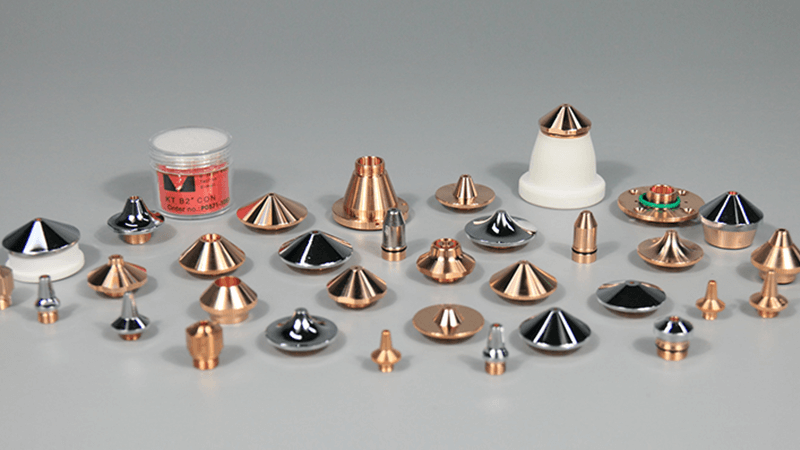
What role does the control system play in a laser cutting machine?
The control system (brain of the machine)
The control system is your machine’s mastermind. It coordinates everything, from the beam’s intensity to the speed of the cut. Think of it as the GPS guiding the laser on its journey. It converts your design files into machine-readable instructions that allow the laser to cut with precision.
CNC (Computer Numerical Control) technology is at the heart of laser cutting machines, enabling precise control over the cutting process. The system interprets design files, often in CAD format, and translates them into cutting instructions. By managing the movement of the laser cutting head along the X, Y, and Z axes, CNC ensures accurate positioning and repeatability, which is essential for creating intricate designs and maintaining tight tolerances in production.
Laser power control is another critical function managed by the control system. It adjusts the laser’s output power based on the type and thickness of the material being processed. By dynamically modifying the power during operation, the system optimizes cutting performance, ensuring efficient energy use and reducing the heat-affected zones, which is vital for clean, precise cuts.
Motion control plays a key role in coordinating the movement of the laser cutting head. By regulating the servo motors, the control system ensures smooth and rapid motion, allowing for the precise cutting of complex geometries. Advanced features like look-ahead algorithms enhance trajectory planning, improving both speed and efficiency during cutting operations.
Material handling automation can be integrated into advanced control systems, streamlining processes like loading and unloading materials. This automation reduces cycle times and increases overall productivity by minimizing manual intervention, which is particularly useful in high-volume production environments.
Finally, safety monitoring is an essential aspect of the control system. It incorporates interlocks and real-time monitoring to ensure safe operation. The system prevents laser emission when access points are open or if beam misalignments are detected, protecting operators and maintaining the safety of the machine throughout its use.

How to choose the right control system from Bochu and Raytools.
| Brand | Overview | Key Features | Considerations |
| Bochu Control Systems | Bochu offers advanced control systems with a large market share, known for high performance and customization, primarily catering to mid-to-high-end customers. | - Smart Technology: Adapts to different cutting conditions, optimizing performance. - User Interface: Intuitive touchscreen interface simplifies operation and setup. - Integration Capabilities: Seamlessly integrates with Bochu’s laser cutting heads, ensuring compatibility and optimal performance. - Real-Time Monitoring: Advanced systems offer real-time diagnostics and monitoring for quick troubleshooting. | Ideal for mid-to-high-end customers seeking high performance and customizable solutions. Suitable for applications requiring high precision, efficiency, and adaptability to various materials. |
| Raytools Control Systems | Raytools provides cost-effective control systems, primarily targeted at applications below 6 kW, popular in the market for their affordability and stable performance. | - High Precision Control: Accurate motion control for intricate designs and high-quality cuts. - Auto-Focus Functionality: Automatically adjusts focus based on material thickness, improving cutting efficiency. - CAD/CAM Integration: Seamlessly integrates with popular CAD/CAM software for efficient file import and tool path generation. - Remote Monitoring: Some models support remote monitoring, allowing operators to manage machines from mobile devices or remote workstations. | High cost-effectiveness, ideal for small to medium enterprises. Best suited for applications under 6 kW where basic functionality and affordability are key. |
The cooling system (keeping things cool)
Laser cutting generates a ton of heat, and you don’t want your machine to overheat. That’s where a good cooling system comes in. There are two main types: water cooling and air cooling. Water cooling systems are great for heavy-duty tasks, whereas air cooling is more suitable for smaller projects.
How does the bed and frame affect performance?
The bed/frame (the foundation)
The bed is the foundation of your laser cutting machine. Without a stable and durable bed, your cuts won’t be as precise. There are different types of beds, including fixed ones and adjustable ones. A high-quality bed minimizes vibrations, which is crucial for accuracy.
Assist gas (what gives the laser an extra boost)
Assist gas is like a turbo boost for your laser cutter. It helps blow away molten material and keeps the cutting path clean. Different gases, like oxygen, nitrogen, and compressed air, each have their benefits depending on what you’re cutting. Want faster, cleaner cuts? Use the right gas.
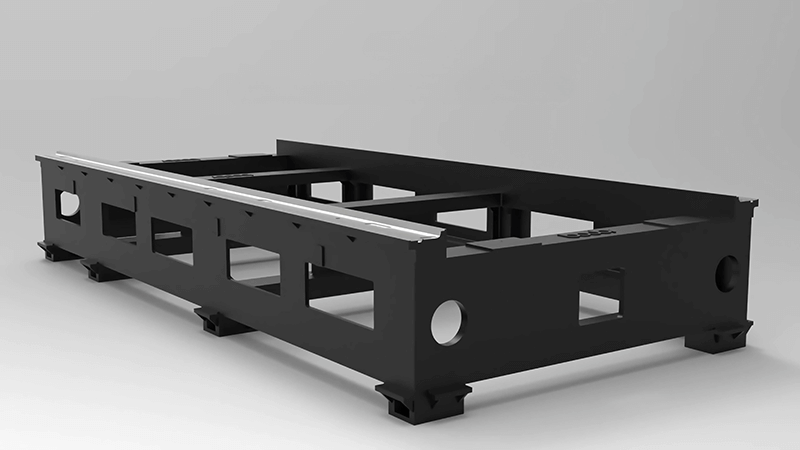
What about the optics and motion system?
Optics (the eyes of the machine)
The optics inside your laser cutting machine fine-tune the beam, making sure it hits the material just right. This includes lenses and mirrors that focus the beam and direct it precisely. Regular maintenance of your optics is key to keeping your machine in top shape.
The motion system (how it all moves)
The motion system controls how smoothly your machine moves. Rails, motors, and belts are responsible for guiding the laser head across the bed. If you want clean, consistent cuts, a well-maintained motion system is essential (source link).
Kirin Laser's Best-Selling Laser Cutting Machines
When it comes to laser cutting, Kirin Laser’s machines are designed to offer top performance at a competitive price. Here are two of our best-sellers that customers rave about:
1. KR-3015 Fiber Laser Cutting Machine
This machine is perfect for heavy-duty metal cutting. With a cutting area of 1.5 x 3 meters and a power range from 1kW to 6kW, it's designed for cutting materials like stainless steel, carbon steel, and aluminum. The high power ensures that thick metals can be cut with precision, and the compact design makes it ideal for both small and large-scale operations.
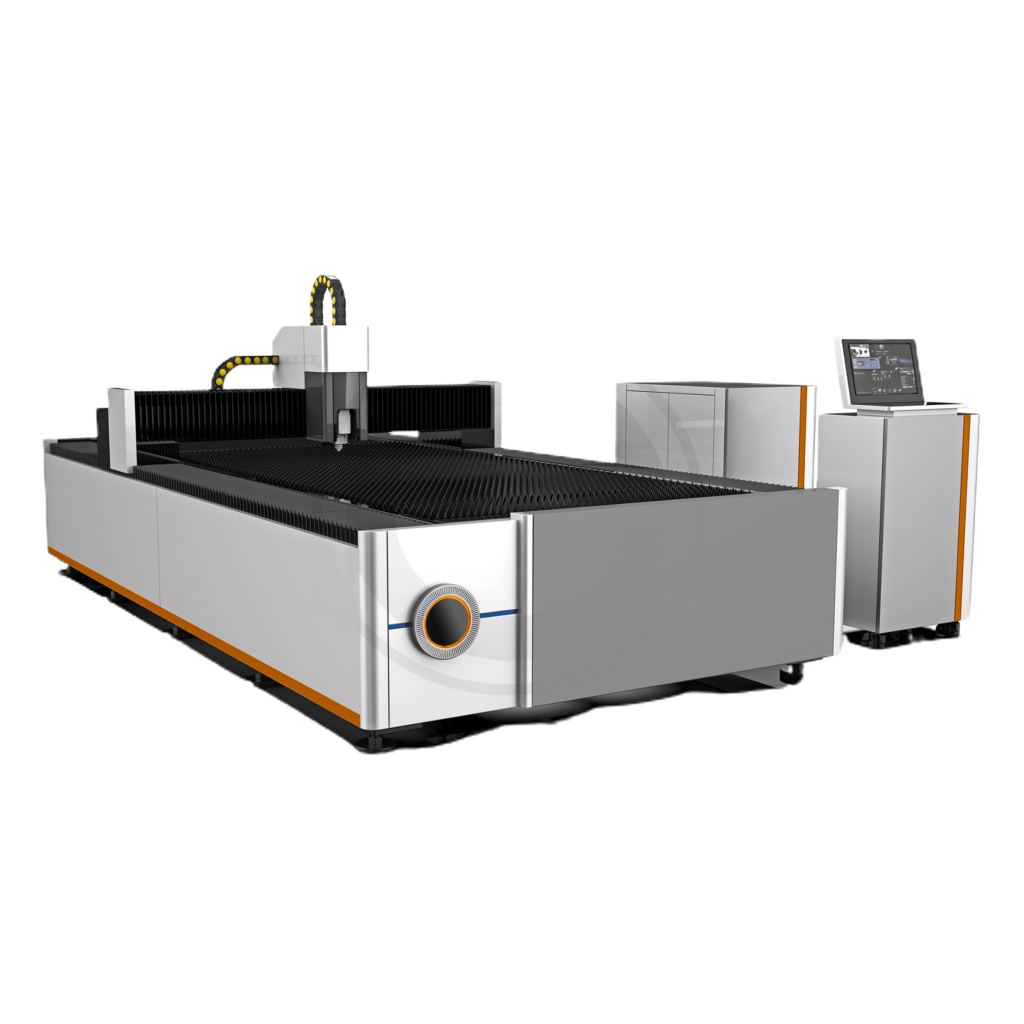
| Model | KR-3015 Laser Cutting Machine |
| Cutting Area | 1.5 x 3 meters |
| Power Range | 1kW - 6kW |
| Materials | Stainless Steel, Carbon Steel, Aluminum |
| Cooling | Water Cooling |
| Precision | ±0.03mm |
Customers love the KR-3015 for its reliability and excellent cutting speed. Whether you’re working on construction projects or custom fabrication, this machine will help you get the job done faster.
2. KR-4020 High-Power Laser Cutting Machine
If you’re looking for something with even more muscle, the KR-6020 might be your best bet. This high-power fiber laser machine comes with a cutting area of 2 x 6 meters and power options up to 12kW. It’s perfect for industries where high-volume cutting of thick metals is the norm.
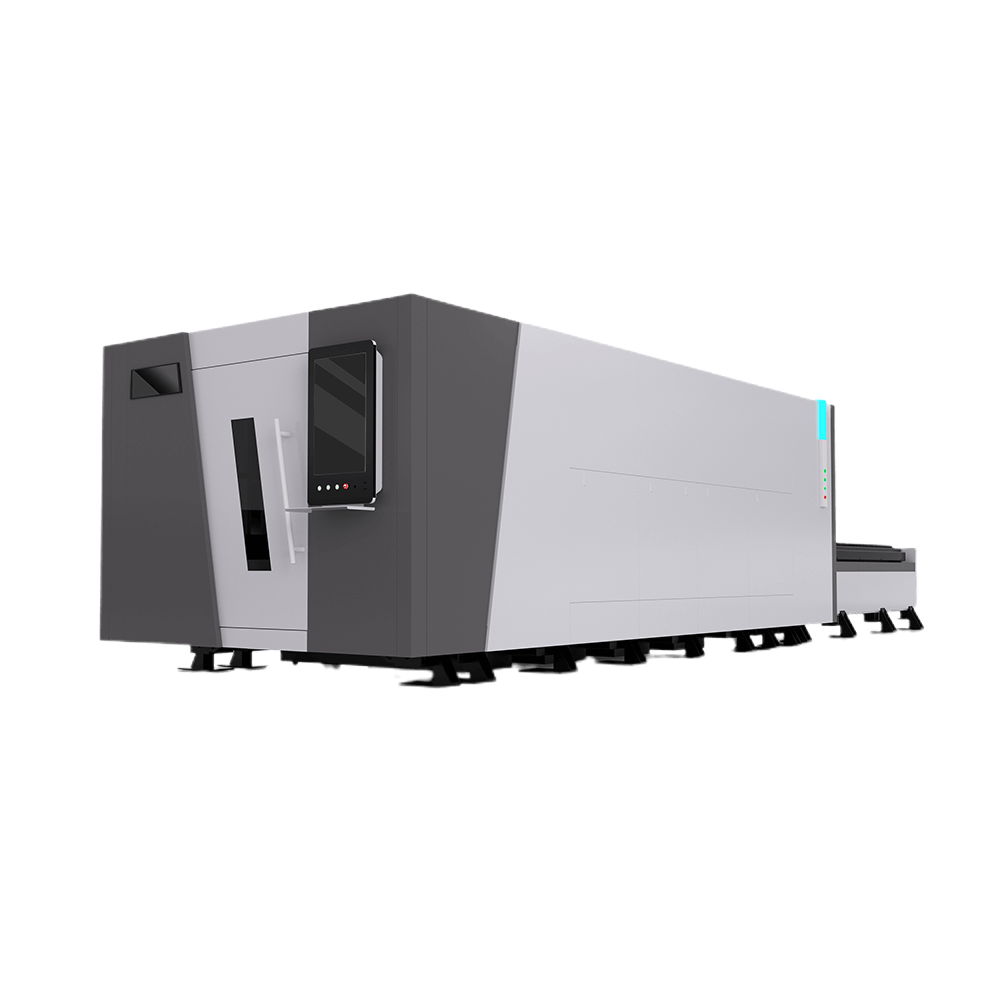
| Model | KR-6020 Laser Cutting Machine |
| Cutting Area | 2 x 6 meters |
| Power Range | 6kW - 12kW |
| Materials | Stainless Steel, Aluminum, Copper, Brass |
| Cooling | Water Cooling |
| Precision | ±0.02mm |
Conclusion: Why Investing in Quality Components Matters?
When it comes to laser cutting machines, every component plays a vital role. From the laser source to the optics and even the assist gas, each part contributes to the final result. Investing in quality components isn’t just a matter of better performance; it’s about saving time, reducing waste, and ensuring long-term reliability.
At Kirin Laser, we’re here to guide you through every step of the process—whether you’re purchasing your first machine or upgrading your current setup. Remember, the secret to a great laser cutting machine is understanding the symphony of components that make it all work.

